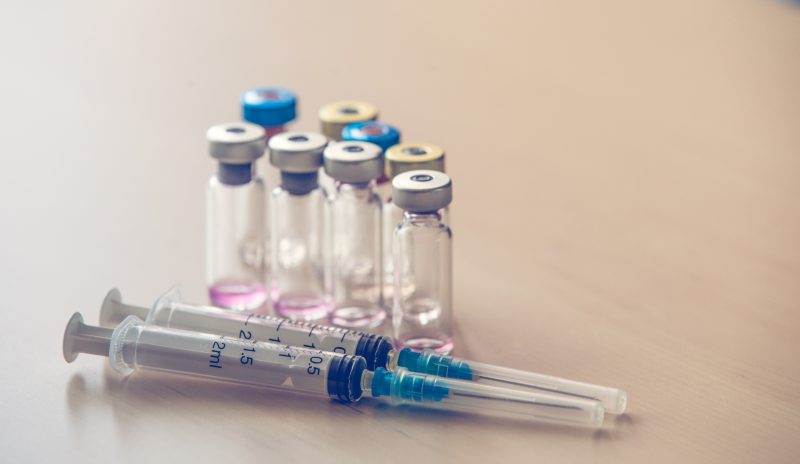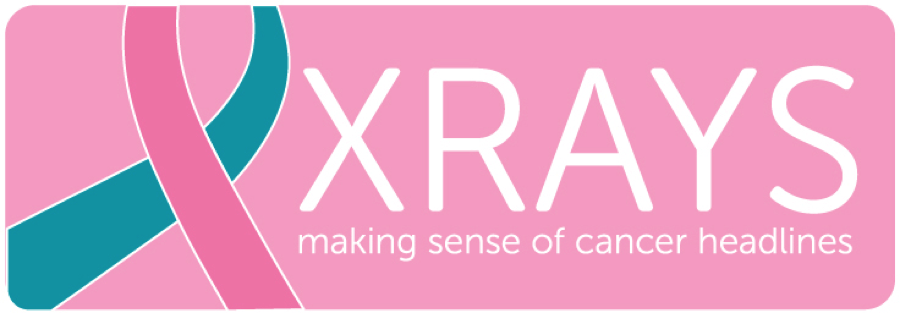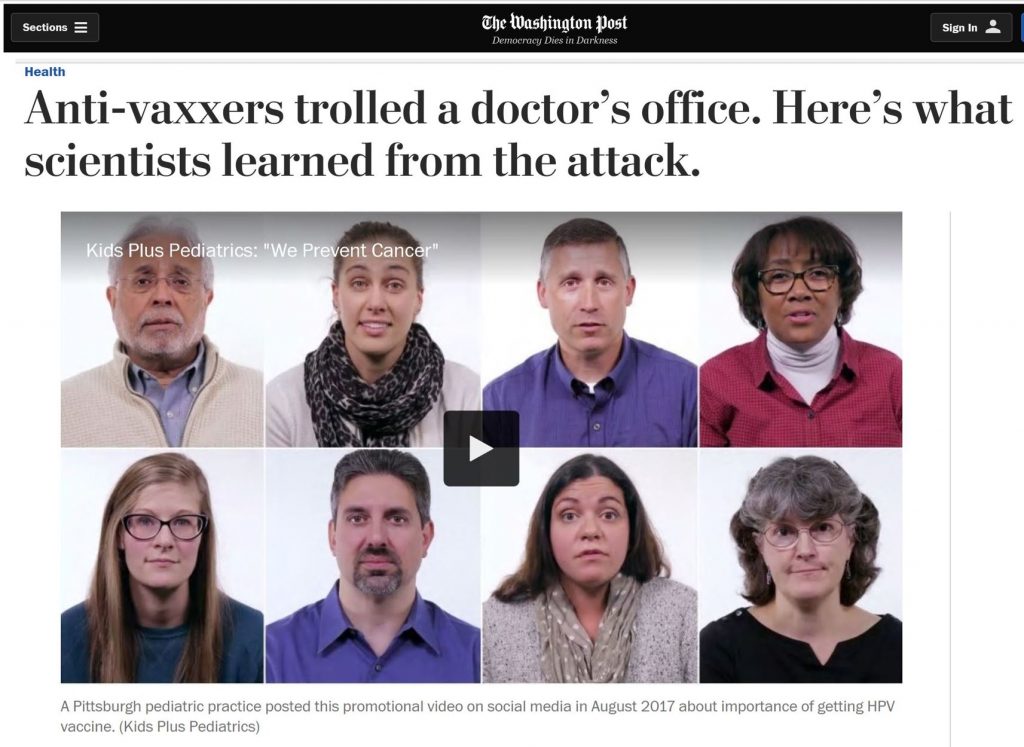PUBLISHED: 7th May 2019

(A call to action)
By Sue Friedman, DVM
Vaccines and public health
Vaccines are an example of successful public health strategy to prevent disease. Thanks to massive vaccine efforts, devastating diseases like polio and smallpox are now almost unheard of in the United States and globally. Like so many other public health issues, the impact of vaccines and infectious diseases go beyond the individual. Vaccines are part of the “herd health” strategy that I learned about in veterinary school. That means that vaccinating everyone protects the individual and society as a whole. People who have suppressed immune systems or who cannot be vaccinated for medical reasons are then largely protected. This strategy works best when everyone cooperates, works to protect each other, and acts for the common good.
How do immunizations relate to cancer?
Vaccines are effective, but like many medical interventions they do not work 100% of the time. Certain members of the population are particularly vulnerable to infectious disease, even when they are vaccinated. In some instances, newborn infants who are too young to be vaccinated may not receive protection from their mothers’ milk. People with diseases that affect their immune systems may be also be vulnerable. And certain treatments—especially chemotherapy and other cancer treatments—can prevent an effective immune system response to diseases like measles. This means that an infection—even one that is usually nonfatal—can be life-threatening to people who are undergoing treatment for cancer.
Vaccines can also help prevent cancer. The Human Papilloma Virus (HPV) is linked to cervical cancer and head and neck cancers. Vaccines for HPV are now part of the recommended vaccine schedule for children and young adults.
According to experts from the National Institutes of Health, “When levels of vaccine coverage fall, the weakened umbrella of protection provided by herd immunity—indirect protection that results when a sufficiently high percentage of the community is immune to the disease—places unvaccinated young children and immunocompromised people at greater risk. This can have disastrous consequences with measles.” In their commentary “Measles in 2019—Going Backward” published in the New England Journal of Medicine, experts describe a case in which “a single child with measles infected 23 other children in a pediatric oncology clinic, with a fatality rate of 21 percent.”
As a cancer survivor, I found the above story chilling. I recall when my white blood count dropped dangerously low during my second dose of chemotherapy. I was terrified to go out in public until injections to stimulate my immune system kicked in. Cancer treatment is challenging enough, without the added threat of a measles outbreak caused by decreased vaccinations. This blog is a call to action on behalf of our vulnerable and immune suppressed constituents.
Creating doubt and confusion about science
Misinformation about any health topic is troubling and potentially dangerous. As a cancer advocacy organization focused on patient education, FORCE created our CDC-funded “eXamining the Relevance of Articles for Young Survivors” (XRAYS) program in 2014 to address the dangerous trend of misleading digital information about cancer. We find ourselves frequently fact-checking media reports with headlines like, “A cure for cancer? Israeli scientists may have found one” and “‘Angelina Jolie gene’ may be linked to Alzheimer's, researchers say.” The focus of XRAYS is to help our community understand the true meaning of the research behind the headlines and how it relates to their care. XRAYS is a reliable source of information that explains science in plain language, rates its relevance, connects patients to guidelines, and corrects misinformation or misreporting by the media.

Inaccurate health news is not limited to breast cancer. In “Evaluating the Quality of Health Information in a Changing Digital Ecosystem,” health communication researchers searched Google for health information on diabetes. They found common tactics used by websites pushing “natural cures” that could be harmful to patients:
- Mixing in scientific information to make unproven claims sound more credible
- sowing skepticism about the health care establishment
- pushing conspiracy theories
- adding unconfirmedpersonal stories from individuals that backed their perspective
- making promises of unrealistic outcomes such as “cure”
According to the authors, the misinformation ranged from benign to “deliberately deceitful.” They cautioned, “The epidemic of fake or controversial health news presents formidable challenges for consumers and health educators.”
There are many examples of dangerous and misleading health communications across many conditions, but few have been as noticeable as the coordinated attack against vaccines.

Given the threat to public welfare, researchers have been studying the origins and spread of false health information. Unsurprisingly, Facebook facilitates the spread of vaccine misinformation. For example, a Pittsburgh pediatric office that posted vaccine information on its Facebook page became the target of a coordinated, sometimes vicious anti-vaccine campaign by individuals who were mostly from other areas. Other research found accounts associated with Russian trolls creating discord on posts about vaccines on both sides of the issue.
A call to action: it takes a village
We all need to do our part to combat fake or inaccurate health news. Providers from all areas of medicine can work together to reinforce the importance of infant, childhood and adult vaccines. Those of us who work as patient advocates—particularly those who reach patients who are vulnerable to infectious diseases—have an obligation to disseminate evidence-based information about the importance of vaccines. Vaccines.gov, CDC.gov and the World Health Organization’s (WHO) guide, “How to Respond to Vocal Vaccine Deniers in Public” are sources of credible information. The public can also play a part by being informed consumers of health information. Be careful about sharing health information, especially when it runs counter to national guidelines. Ask people for their sources of scientific information, see if health information websites list a scientific advisory board, and when in doubt, share the information with your health care team. Post credible information from trusted sites like the CDC from your own social media account rather than spending time arguing online with posters who may actually be trolls.
Vaccines may not be a topic we speak about in our day-to-day lives, but let's all take a moment to amplify this important public health message to protect people most vulnerable to infectious diseases.
POSTED IN: XRAY
TAGS: BRCA , Breast Cancer , Ovarian Cancer , Prostate Cancer , Pancreatic Cancer , Cancer Treatment , Vaccines , Chemotherapy , Immune System , Immune Suppression , Xray